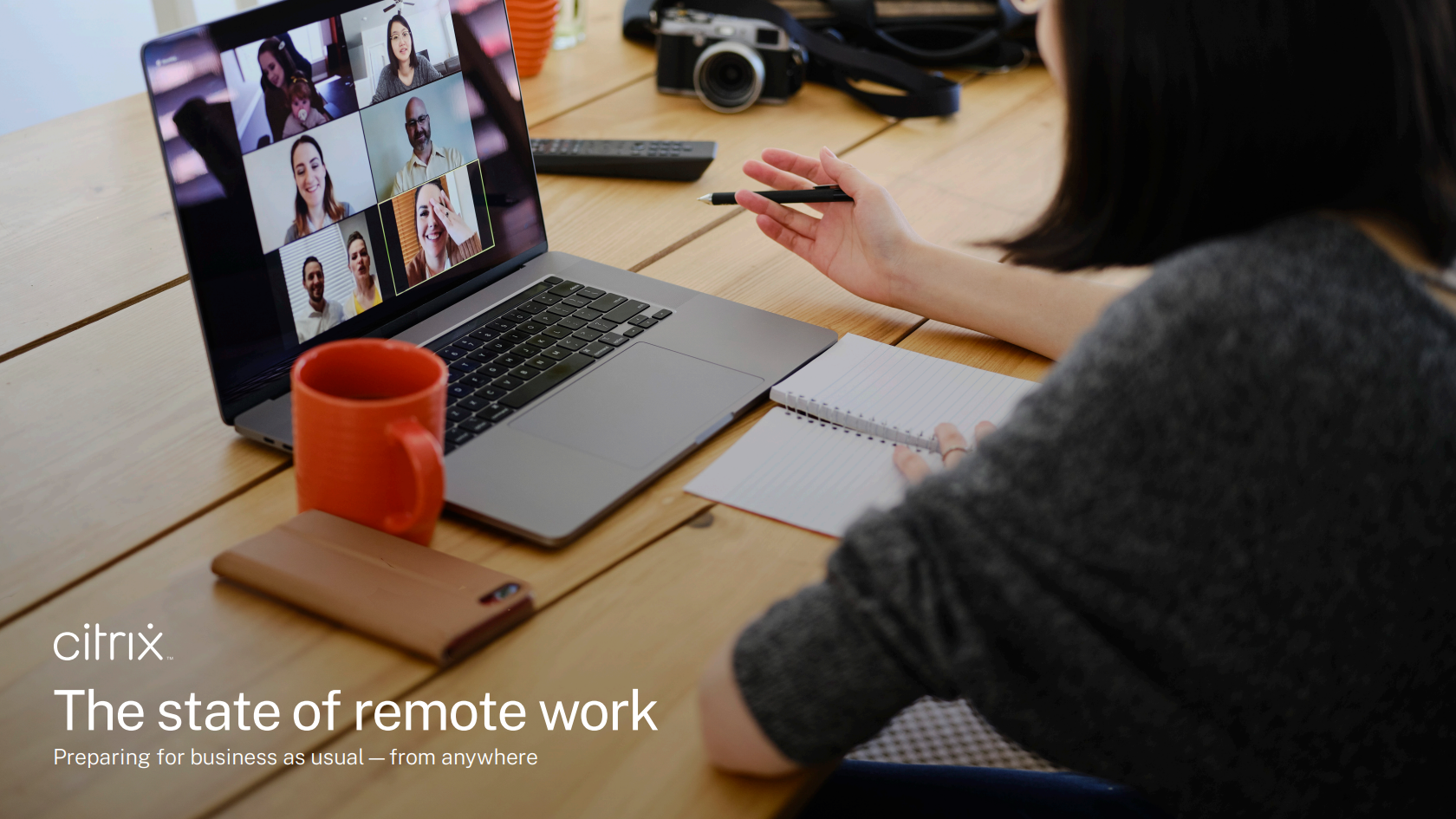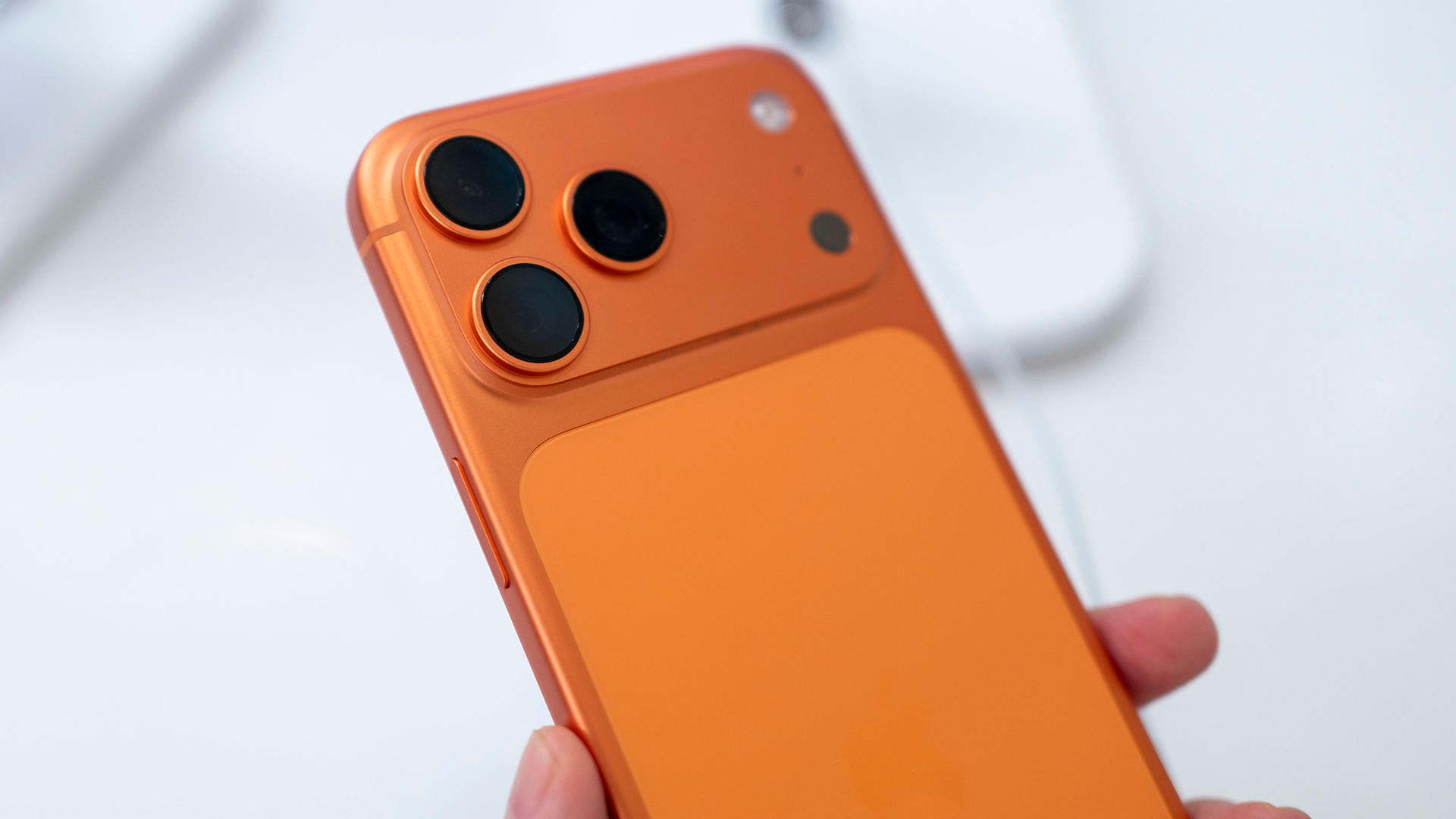How to build a future world of work we will want
What will life be like when Zoom fatigue is a thing of the past and tech actually helps make work easier and our lives better?


The pandemic has had unforeseen consequences. Sending office workers home in the first lockdown sparked a 2,000% rise in Zoom use and a rush on ergonomic chairs. But what’s coming next could be a utopian world where tech eases employment by working for us – or a dystopian horror of monitoring software and RSI.
RELATED RESOURCE

“I’ve heard it said many times over the past few months that lockdown has accelerated discussion about flexible working by 20 years, and there’s a lot of truth in that,” says Jane Parry, director of research for human resources management and organisational behaviour at the University of Southampton. “But the next challenge is going to be harnessing what we’ve learnt so that it can be used effectively to manage work differently. The first lockdown was rapid and about finding ways to cope; the employers that survive and thrive are going to be the ones who run with this learning and make it work for them.”
But some companies haven’t been able to let go of outdated ideas like presenteeism, with PwC and Barclays sparking headlines for their use of monitoring software. If we go down that road, in a few years work could be a daytime dystopia.
Picture this. Software monitors what time you sit at your company-supplied desk. You can’t turn off the camera or even glance away, as eye-tracking software is watching to ensure attentiveness. Take a few moments to place a grocery order from your work laptop, and IT warns against misuse of corporate devices. Fail to go for your company-mandated exercise, and your fitness tracker tattles to the boss. Miss targets, and your manager notes that you’re typing at your keyboard 12% less than colleagues and responding to messages 9% slower.
Work apps have taken over your personal phone, which you take with you everywhere to bring those numbers up. Plus, work is now organised into small gig economy-style tasks, and you don’t want to miss picking up the easier ones and be stuck with the most onerous, so you leave notifications on even after hours. HR checks in via chatbot polls to ask after your wellbeing: “Are you happy at work? Tap yes or no.”
Positive and productive
If that future is one you would rather opt out of, imagine this instead: Universal basic income ensures you can pay your bills whether you work or not, so you made use of the last recession to upskill, driving your pay up when the economy bounced back. You only work four days a week – as does everyone else. All thanks to productivity gains from home working and tech, which mean we can spend three-day weekends with family and friends.
When you sit down to work at your desk – with a chair designed to fit your body perfectly – you check in to say hello to your manager and colleagues, but your automated calendar has already informed them when you’ll be busy on focused work and when you’re open to interruptions. AI bots manage basic admin, such as reporting project progress, and your virtual assistant answers simple email queries on your behalf. A one-on-one meeting with your manager is held in VR, as is this year’s away day, with activities set in a popular video game.
Sign up today and you will receive a free copy of our Future Focus 2025 report - the leading guidance on AI, cybersecurity and other IT challenges as per 700+ senior executives
Tasks completed, you check out of your desk, letting your colleagues know you can be reached on your phone until the end of working hours; if any quick or important questions come up, you can answer them from the pub, park or playground. You’re paid more, work less and there’s no question if you’re happy or not.
Take your pick. These innovations are already available or on the way – it’s just a matter of how they’ll be used. “The shift to working from home has the potential to permanently transform the way we view work, which if managed properly could have positive implications for easier access to flexible working hours for parents and careers and less time spent commuting,” said Abbie Winton, researcher at the Alliance Manchester Business School.
The downsides
As more of us have been working from home this year than ever before, it’s become clear there are negative aspects of homeworking. While we’ve ditched the commute, we find it harder to switch off at the end of the day. We could work flexibly, but the rise of monitoring software keeps staff chained to their desks – or kitchen tables. And while we avoid tedious meetings sitting around a conference table, Zoom fatigue is destroying our focus.
A survey by LinkedIn and the Mental Health Foundation suggested Brits are working an extra 28 hours a month during lockdown, with a quarter reporting they feel pressure to respond to queries more quickly and almost a fifth working beyond 7pm.
“As colleagues at the Work and Equalities Institute have found, homeworking may have led to the intensification of the working day and digital presenteeism whereby there is an expectation for employees always to be on and available, which can have detrimental impacts on your performance at work and work-life balance,” said Winton.
That’s particularly troublesome for certain groups of people. “Given women are known to be more likely to take on a ‘double-shift’ – paid work followed by unpaid household work – this will have a disproportionate impact on the way they are able to organise their time,” Winton added.
All that hard work has paid off – for employers. “One of the things that surprised me and many of the people in this field was the bump in productivity we saw,” explains James Berry, assistant professor at University College London’s School of Management. “I think a lot of employees overcompensated — they took the extra time they had [from not having to commute] and threw it at their work. I don’t know if that’s entirely sustainable.”
Zoom into the future
It doesn’t have to be that way. While technology can exacerbate such stresses, it’s all down to how you use it. Consider video conferencing. If you’re having a quick chat, perhaps do it on the phone instead. If it’s a call with dozens of staff, let them turn off video until their turn to speak. If you’re broadcasting an update to staff, rather than a lengthy email or meeting, consider filming a video to send out to be watched when they have time. “It changes the way it’s communicated,” Berry says.
While there are downsides to Zoom calls, at least video shares more information than a simple phone call or email, argues Parry. “I personally think there is something important about these platforms in terms of workforce empathy, in that they’ve given us a window into colleagues’ lives that counter-intuitively wasn’t there in the world of face-to-face work,” she says. “For example, recognising that people have young children who they are looking after, or sharing their households with other adults also working from home, and supporting them around that.”
That said, although Zoom solved one lockdown problem, there’s more to being in the office than meetings. Some aspects of life just don’t work digitally – try choosing a paint colour via a miscalibrated monitor and you will soon understand the limits of virtual communication. Sometimes we need to be in a space or see an object to understand how to solve a problem or to pick up on colleagues’ body language. And that’s where companies such as HoloMeeting and Spatial hove into digital view.
Holograms sound like a mid-20th century idea of what future tech would look like, but they’re already here. “To join a Spatial meeting, users take a selfie to create their 3D avatar on their phone or computer,” a company spokesperson explains. “If a user has a supported head-mounted device (HMD) they put on their headset and launch Spatial. Within a minute, they’re meeting with their team members and clients in a shared virtual space.” This tech has allowed designers at toy-maker Mattel to collaborate on 3D models, seeing an object from every angle and annotating it in real-time.
This is more about virtual reality than holograms themselves, and VR is being used in different ways to keep companies working efficiently during lockdown. Accenture has used VR exercises to test candidates during recruitment, while in the US Oculus Rift headsets are helping Walmart train staff at a distance.
In the future, VR headsets could become a common piece of kit for home working, letting companies use the hardware for more interactive, less exhausting meetings, for situational training and expertise, and for social activities.
Organising work
Even if you’ve previously sat working next to colleagues in a shared office, you were still likely working together via collaboration software, be it commenting on each other’s words in Google Docs or something more specialised. Lockdown simply meant you couldn’t lean over and look at each other’s screens.
The next step, says Berry, will be project-management tools – and many companies already have such software, even if they don’t use it for everyday tasks. “Smart companies are looking at what toolkits they already have and how they can leverage them in new ways to maximise their workforce,” he said.
Automation could take that a step further, removing some of the work around work, the day-to-day admin that stops you from doing your actual job. Workplace management software firm Asana believes your calendar and to-do list could be written for you each day – although you’ll be able to remove and add items – while reporting and updates could be automatically generated, meaning everyone working on a project will always have the most up-to-date information. Even meeting planning could be automated. Instead of you manually arranging a catch-up call, the system will know who should attend, how long the meeting should take, check everyone’s calendars and pull together an outline.
“Work and progress needs to be more automatic,” says Paige Costello, Asana’s core product lead. “We need to help people do their work by focusing and being productive on the right things.”
Asana also plans to invest in features such as “do not disturb” tools to help people stay focused, added Costello. “Leaning into focus is something that we care a lot about,” she says, adding: “For individuals it’s really important … you can get into flow and really do what you were hired to do, do it well and enjoy your work.”
We need not wait for software to solve such challenges. You can carve out your own deep-focus time by banning meetings on some mornings or blocking out time in your calendar to avoid interruptions – Berry tells his staff that they can email him after 3pm on a Friday, but he may not respond and, if he does, he won’t reply with more work for them. He also doesn’t send emails out of hours, instead scheduling them to arrive the next working day. “Part of that is trying to respect the weekend,” he said. “We need to respect boundaries.” Tech can address these issues, but we can simply hang up digital do-not-disturb signs too.
All this suggests a potential world of work where employees decide how to use their time in the best way. Berry notes that he likes to think while he walks his dog – it’s working, even if it doesn’t look like it. “In the back of my mind, I’m thinking about work,” he said. “I actually used to have meetings with my employees where we would go for a two-hour walk, and at the end have a list of all the things we were going to do.”
Better communications tools and collaboration methods mean we don’t need to be tied to our desks, but could work when it suits us – if presenteeism finally gives way to smarter management ideas, at least. That could lay the groundwork for ideas such as a four-day working week, which Berry notes could help companies cover more hours of the working day for their clients while offering flexibility to staff. “I think organisations really need to think these things through,” he said. “I know I wouldn’t be opposed to working three 12-hour days with a four-day weekend. That would be wonderful.”
Reorganising work for flexible lives
However, getting work to the point when we describe it as “wonderful” will require leadership at companies as well as government, and we’ll need protections in place to ensure that flexible working doesn’t lead to longer overall hours or other negative impacts for employees.
“If we made the right decisions now, I think we could easily make the argument that technological change can improve the quality of our life,” explained Winton, adding that automation and the like is often accused of obliterating jobs, but with the right policies and protections, it could benefit human employees.
“If this was to work effectively, it would be possible to imagine a future with less tedious, physically demanding and repetitive work perhaps, it may also be possible to imagine a world with less work overall due to gains in productivity,” she added. Now that’s a future we want to work in.
Freelance journalist Nicole Kobie first started writing for ITPro in 2007, with bylines in New Scientist, Wired, PC Pro and many more.
Nicole the author of a book about the history of technology, The Long History of the Future.
-
 I couldn’t escape the iPhone 17 Pro this year – and it’s about time we redefined business phones
I couldn’t escape the iPhone 17 Pro this year – and it’s about time we redefined business phonesOpinion ITPro is back on smartphone reviews, as they grow more and more intertwined with our work-life balance
-
 When everything connects, everything’s at risk
When everything connects, everything’s at riskIndustry Insights Growing IoT complexity demands dynamic, automated security for visibility, compliance, and resilience
